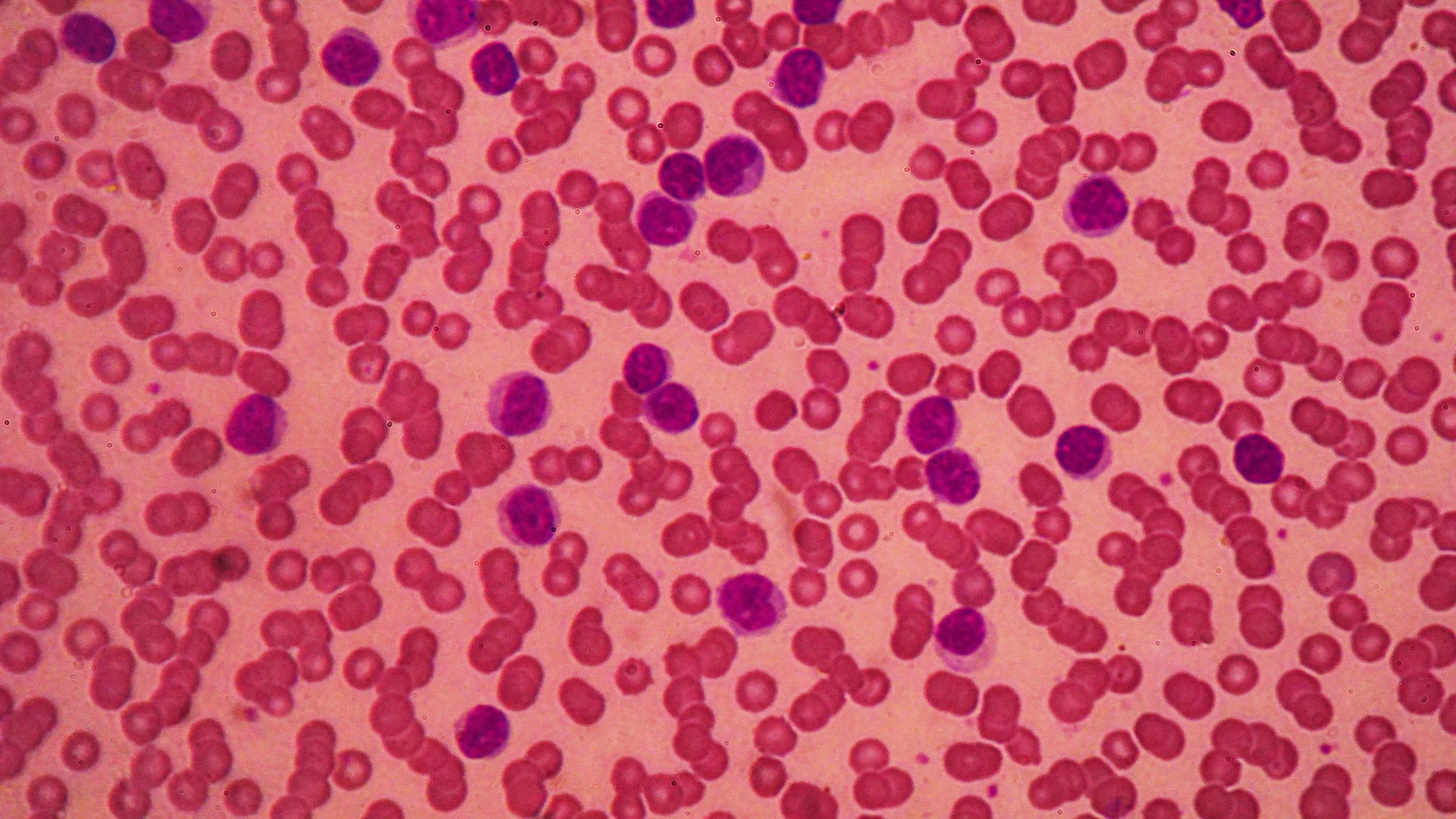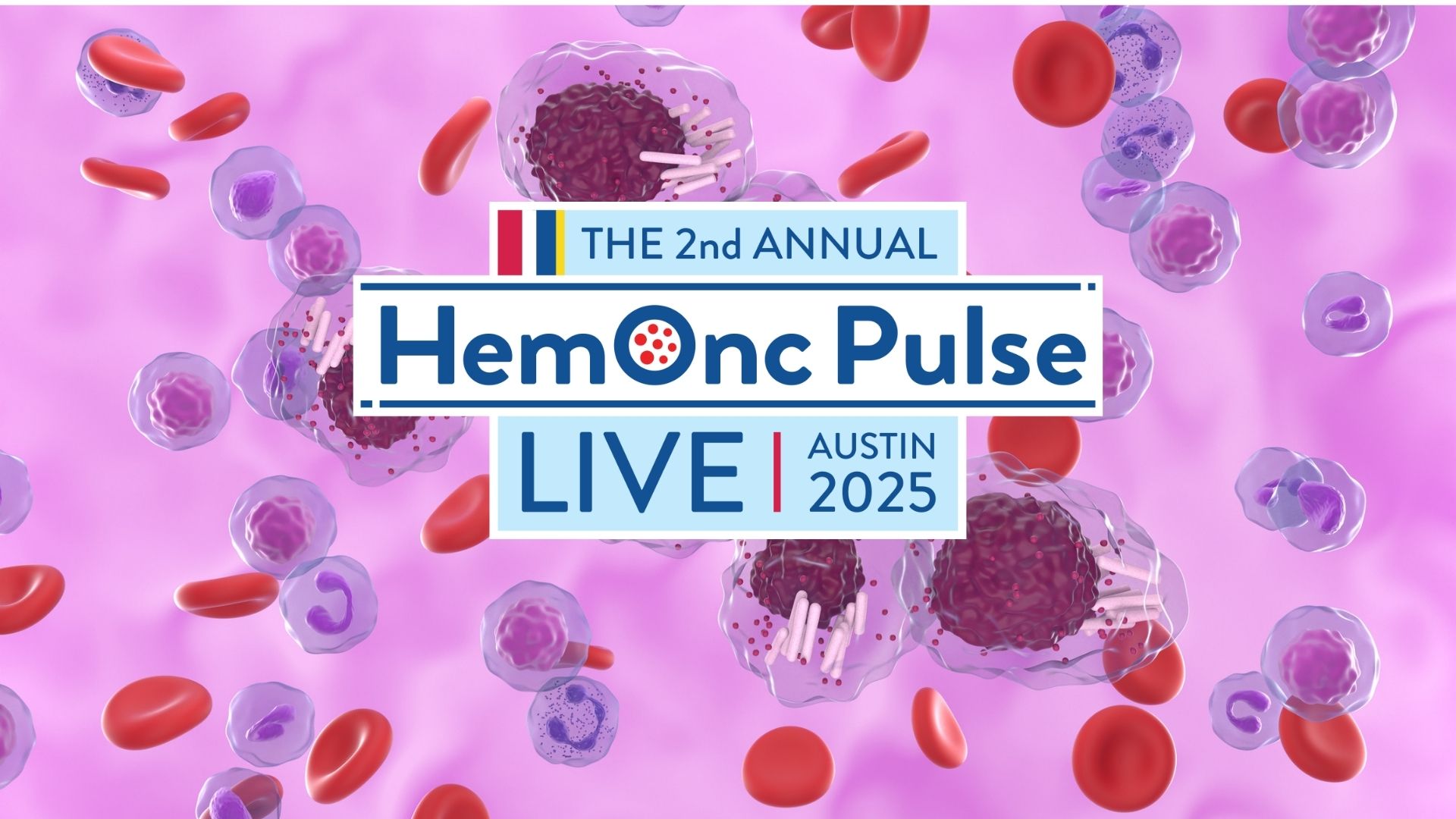
An academically developed immunoglobulin heavy chain variable region (IGHV) leader-based next-generation sequencing assay for the quantification of minimal residual disease (MRD) in chronic lymphocytic leukemia (CLL) was able to detect MRD to 10-5 and below, allowing further stratification of patient relapse risk.
Paul Hengeveld, a doctoral candidate at Erasmus MC and the Albert Schweizer Hospital in the Netherlands, and colleagues conducted the research because the “sensitivity of conventional techniques for reliable quantification” of MRD is limited to MRD 10-4 in patients with CLL, but measuring MRD beyond 10-4 may help determine which patients have durable remissions and which patients are at risk of early relapse.
The investigators used contrived MRD samples to demonstrate that the linear range of detection and quantification in the assay goes beyond MRD 10-5 and can detect MRD to 10-6 if “provided with sufficient DNA input,” according to the researchers.
Measurements of the IGHV leader-based next-generation sequencing assay and allele-specific oligonucleotide quantitative PCR and droplet digital PCR on contrived MRD samples resulted in “high inter-assay concordance,” the researchers wrote.
They also investigated the use of the IGHV leader-based next-generation sequencing assay, using MRD 10-5 as the cut-off value, in 67 patients from the CLL11 trial. Undetectable MRD was associated with longer progression-free survival (PFS) and a longer time to the next line of treatment.
“Importantly, deeper MRD measurement allowed for additional stratification of patients with MRD <10-4 but ≥10‑5,” they wrote.
Patients with MRD <10-4– ≥10‑5 had significantly shorter PFS than patients with MRD <10-5 (hazard ratio [HR] 4.0; 95% CI, 1.6-10.3; P=.004), but had significantly longer PFS than patients with MRD ≥10‑4 (HR, 0.44; 95% CI, 0.23-0.87; P=.018).
“These results support the clinical utility of the IGHV leader-based [next-generation sequencing] assay,” they concluded.
Reference
Hengeveld PJ, van der Klift MY, Kolijn PM, et al. Detecting measurable residual disease beyond 10-4 through an IGHV leader-based NGS approach improves prognostic stratification in CLL. Blood. 2022. doi:10.1182/blood.2022017411






 © 2025 Mashup Media, LLC, a Formedics Property. All Rights Reserved.
© 2025 Mashup Media, LLC, a Formedics Property. All Rights Reserved.